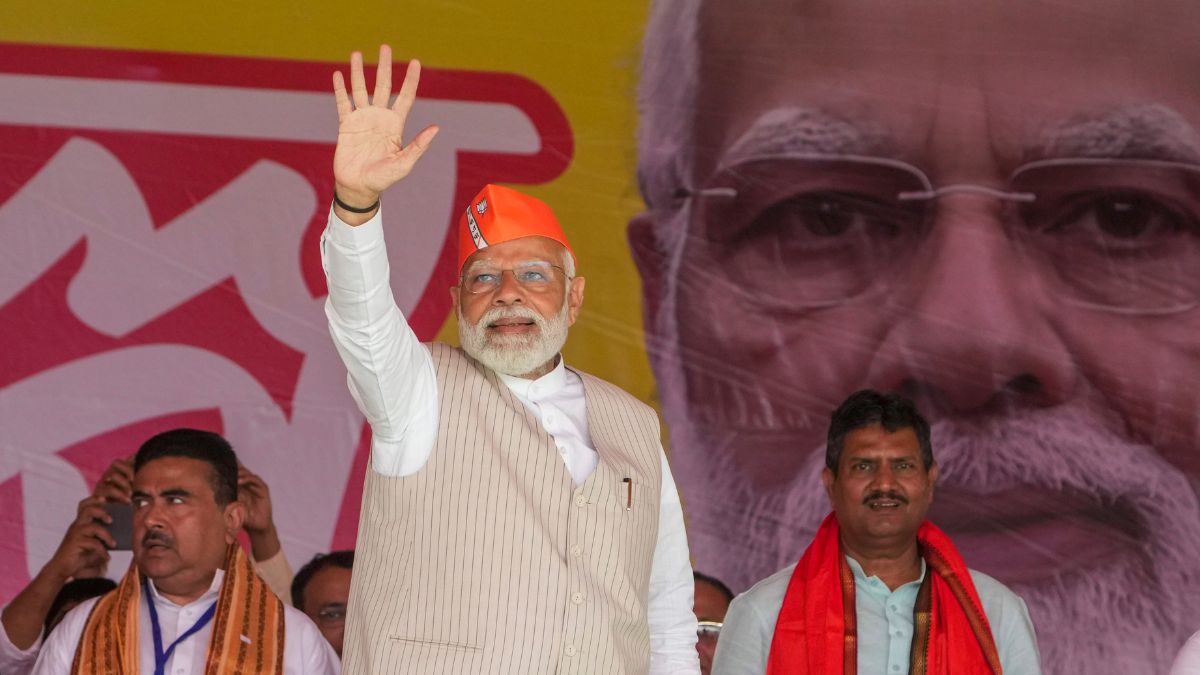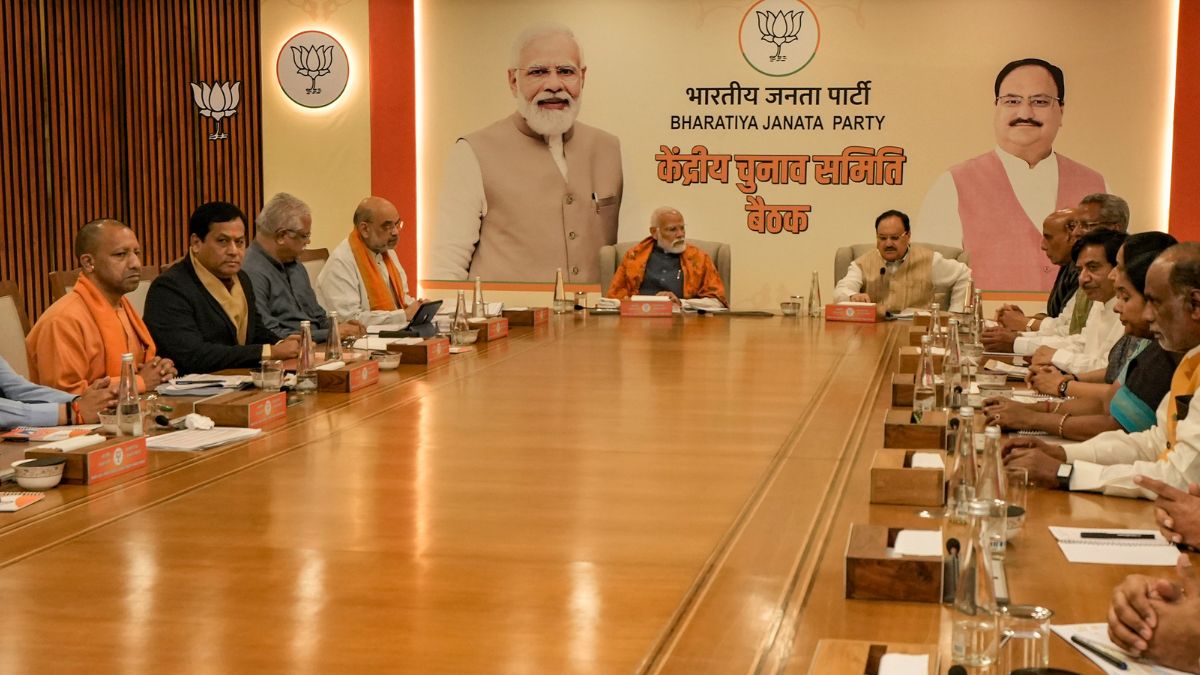The dramatic resignation of Nepal’s (now former) prime minister KP Oli’s with a two-hour long speech in the Nepali parliament moments before facing the vote of no confidence brought jointly by the Maoists led by Prachanda (the leader of the erstwhile rebels in the decade-long armed conflict from 1996-2006) and the Nepali Congress has brought renewed focus on the India-Nepal relationship. Coverage in the Indian media has mostly sought to place this asa victory of the Indian establishment and a recalibration of Nepal away from Beijing’s sphere of influence and back to New Delhi’s orbit. But, is that really the case?
Brief background
The 8th Prime Minister of Nepal this decade, KP Oli of the Communist Party of Nepal (Unified Marxist Leninists) became the 38th Prime Minister of Nepal and the first prime minister under the Constitution of Nepal (2015) in October 2015 as the head of a motley coalition which included the Maoists led by Prachanda, monarchists and various small parties. As prime minister, Oli’s government faced the immediate twin challenges of:
(i) implementing the contested new Constitution which envisages a federal Nepal (ii) managing the rehabilitation and reconstruction after the devastating earthquake of April 2015
Why change the government?
Any reading of the current change of Nepal’s government would not be complete without mentioning the transitional justice process currently underway in Nepal. The Truth and Reconciliation Commission (TRC) and the Commission of Investigation on Enforced Disappeared Persons (CIEDP) have received numerous complaints against both the security forces and the erstwhile Maoist rebels for serious violations of human rights committed during the armed conflict (1996-2006) which claimed over 16,000 lives.
Given the trial of Nepalese army colonel Kumar Lama over torture allegations in the United Kingdom and the prospect of prosecution within Nepal, the Maoist leadership is definitely alarmed with regards to conflict-era cases and is definitely a driving force for the change of government, as evidenced by point three of the seven-point agreement between the Nepali Congress and the Maoists to topple the Oli-led government.Despite being a part of Oli’s government, the Maoists believed that Oli was supporting the work of the Commissions to eventually recommend for prosecution against the Maoists.
In addition, the change of guard has also been widely seen as a government change with Indian blessings, and a move that may have finally reintroduced India’s influence in Nepal and therefore, brought the India-Nepal equation back ‘on track’.
India-Nepal Relations: Equals or big brother-small brother?
Indian foreign policy has always considered Nepal to be within its sphere of influence and as India as a sort of ‘bada bhai’. Of course, it is sometimes masked as “caring elder brother” as was mentioned by India’s External Affairs Minister Sushma Swaraj in the Indian Parliament. Regardless of the terminology used, as a landlocked least developed country with China and India as its only neighbours, Nepalese foreign policy has mostly been in consonance with Indian interests. With the overwhelming cultural similarities and historical ties, India has always had more influence in Nepal than China has. However, this influence has often been seen as meddling in the internal affairs of a sovereign nation and India has often been accused of micromanaging the politics of Nepal. In fact, the Indian Ambassador to Nepal is often jokingly referred to as the ‘Governor of Nepal’ in political circles and regularly meets with Nepal’s political leaders; something that would just not be considered in other sovereign countries.
Other historical issues between the nations include various ‘unequal’ treaties including the Peace and Friendship Treaty of 1950, the accusations of border encroachment by India in places like Susta and Lipulekh . The incorporation of Sikkim into the Union of India in 1975 (See 35th Amendment to the Constitution of India) is also often used by nationalists within Nepal to demonise India as wanting to eventually claim sovereignty over Nepal as well. While that might be an extreme case of fear-mongering, the feeling among the Nepalese citizens is that the Indian establishment has almost always got its way in their country.
The (2015) and the current state of India-Nepal relations
After the promulgation of the Constitution of Nepal in September 2015, there have been protests by Madhesis alleging discrimination. This led to a constitutional amendment in January 2016; but resentment over the demarcation of federal boundaries still remains. For its part, India tried to delay the promulgation of the Constitution by sending Indian Foreign Secretary S Jaishankar at the eleventh hour, but that was rebuffed by the Nepalese parties. Consequently, India was believed to have actively aided the obstructions along the India-Nepal border leading to massive fuel shortages in Nepal.
In addition, for the first time India took a stand against Nepal at the UN Human Rights Council of November, 2015 during Nepal’s Universal Periodic Review suggesting that:
- The Nepal government should “consolidate the constitution building and democratization process by accommodating all sections of Nepal to enable broad-based ownership and participation”. - It should “ensure effective functioning of Truth and Reconciliation Commission and full implementation of its recommendations, including prosecution of those responsible for violent insurgency”.
India also brought a statement regarding Nepal at the EU-India joint statement of March 2016, stating the “need for a lasting and inclusive constitutional settlement in Nepal that will address the remaining Constitutional issues in a time bound manner, and promote political stability and economic growth.”
This brought out a strongly worded rebuke from the Nepalese Foreign Ministry, that responded by stating :
“EU-India Joint Statement not only hurts the sentiments of the people of Nepal but also defies the fundamental principle of non-interference in internal affairs of a country in breach of UN Charter and norms of international law. The Government of Nepal calls on all to fully respect the sovereign and democratic rights of the people of Nepal and refrain from making uncalled for statements”
Thus, it is quite clear that India-Nepal relations have been at their lowest since the economic blockade of 1989 by Rajiv Gandhi’s government.
Is Nepal then moving into China’s orbit?
In the context of a lack of help from India, hardships caused by the ‘blockade’ and continuing protests by Madhesis against the Constitution, Oli has surprised most observers by managing to head the government for nine months. During this time, at the heights of the fuel crisis, he also signed trade and transit agreements with China. These agreements have often been used to suggest, especially in India that ‘India has lost Nepal to China’.
However, that does not truly reflect the geopolitical, socio-cultural and economic reality of the India-Nepal and Nepal-China relationship.
With over five million Nepalese citizens in India, a significant minority of Nepali speaking Indian citizens, the continued service of Nepalese citizens in the Indian Army and the significant marital relations among the populations, the India-Nepal relationship is a unique one. Yet, none of this should mask the fact that Nepal is a sovereign country, and any interference in its internal affairs, specifically in something as critical as constitution drafting cannot be the basis for a good relationship. The signing of transit agreements with China does not eliminate Nepal’s dependence on trade routes from India. It merely seeks to create an alternative means for trade with the hope of reducing Nepal’s complete dependency on a single neighbour.
As stated by Oli himself during his resignation speech: “The relations between Nepal and China and the relations between Nepal and India are unique which cannot be compared with one another.”
Oli’s government was instrumental in the creation of an Eminent Peoples Group comprising members from India and Nepal to review all the treaties and agreements signed between Nepal and India including the Peace and Friendship Treaty of 1950. This seeks to normalise relations and is a good step that will hopefully be continued by the new government.
Nepal-watchers in India should understand that Nepal can never be lost to China; it can only be lost by India.
Accordingly, Nepal’s efforts in seeking alternative trade routes do not signify a long-term shift in Nepal’s policies towards its neighbours. It should be seen more in terms of an economic need by a landlocked country to have options with regards to trade and economic development.
File image of Prachanda, the man likely to return to power as Prime Minister of Nepal. Screen grab from YouTube
New government: Conducive to Indian interests?
Though commentary in the Indian media has hailed the change of government in Nepal as a victory for India’s foreign policy, it is still too quick to pass that verdict. In today’s time, foreign policy also has the component of public perception, and Nepalese citizens have been keenly watching the developments re the change in government. Oli was widely reviled by a section of the Madhesi protestors for his insensitive remarks regarding their protests against the Constitution. Therefore, the change of government has also created the prospect of finally bringing on board the still-protesting parties as well.
However, another significant section of the Nepalese population hails Oli as the leader who stood up to India as evidenced by his parliament speech where he stated that “Nepal needs to have equidistant relationship with its neighbours….We respect the sensitivity of both our neighbours and we also expect the same from them… However, we cannot accept interference in our internal affairs though we want good relations with our neighbours”. Therefore, it is certain that the actions of the new government will be keenly scrutinised to watch for evidence of Indian meddling or bowing to Indian interests.
While New Delhi might have more say with the new government — supposed to be comprised of Maoists and the Nepali Congress — it has a long way to go to regain the popular adulation and positive vibes that was seen in Indian prime minister Narendra Modi’s first visit to Nepal in August 2014 and during India’s humanitarian response following the April 2015 earthquake. A public perception of micro management and internal meddling by Indian authorities needs to stop if the two governments are to reach the same heights that exist in the special relationship between the citizens of both countries.
The change of government is therefore an opportunity to recalibrate this relationship and reflect on the special bond that exists between these equal sovereign nations.
The author is Kathmandu-based teacher and practicing lawyer


)




)
)
)
)
)
)
)
)